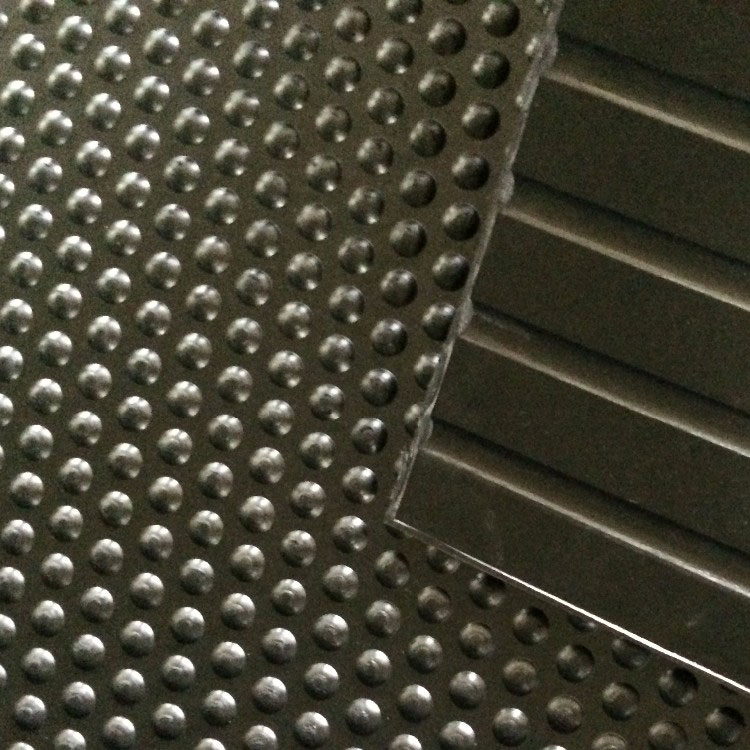What is the difference between Hastelloy Hastelloy and Stainless Steel
Hastelloy believes that there are still many people who do not have any material. In fact, we have contacted Hastelloy in many household items. For example, we are using the tool to join Hastelloy, then and today we take a look at the knowledge Hastelloy and see what the difference Hastelloy and stainless steel yes. What is Hastelloy? Hastelloy belongs to nickel-based alloys; it is more difficult to machine; cutters are recommended to use monolithic tools to enhance the rigidity of the tool. If the tool is selected carbide, the efficiency is low, if you choose the better tough metal ceramic tool efficiency can be improved, then the finishing of the nickel-based or cobalt-based high-temperature alloy can use CBN tools. Alloys are widely used in the chemical and petrochemical fields, such as components and catalytic systems containing chloride organics. The material is particularly suitable for use in high temperature, mixed with inorganic and organic acids such as formic acid and acetic acid, in seawater corrosive environments. The difference between Hastelloy and stainless steel In fact, the difference is still very well understood, the basis of the two is still different, first look at Hastelloy, nickel-based alloy popular to understand is the nickel-based alloy, that nickel has the highest percentage, usually more than 50 %, for example, Monel, Hastelloy B, C series, etc. Stainless steel is essentially a kind of "steel", and therefore iron has the highest percentage. For example, 304L, although it accounts for 9% of nickel, but the iron content reaches more than 70%, so it is a kind of stainless steel. Nickel-based alloys refer to a class of alloys that have high strength and certain resistance to oxidative corrosion at high temperatures of 650-1000°C. According to the main performance, it is subdivided into nickel-base heat-resistant alloy, nickel-base corrosion-resistant alloy, nickel-base wear-resistant alloy, nickel-base precision alloy and nickel-based shape memory alloy. Superalloys are divided into: iron-based superalloys, nickel-based superalloys, and cobalt-based superalloys, depending on the matrix. Nickel-based superalloys are referred to as nickel-based alloys. The above is what brings us all the Hastelloy and its related introduction. Although this term is unfamiliar, it will be exposed in our lives, so we can find out about it so that we can know what we use. Which materials are included, I hope you are interested in the above introduction, if you want to know other related information, please continue to pay attention to this site, more exciting so stay tuned! Horse mat offers a vast range of stable matting to suit all equestrian applications. With almost 20 years of experience in the rubber and plastics industry, we can provide our customers with advice, guidance and direction to ensure you get the right product for your horse. All of the variants provide many benefits with the welfare of your horse being the priority.
Along with the more traditional mats, we are pleased to offer bespoke cut to size and shape mats and a complete installation and maintenance service for all of our products.
This kind of Cow Mat is specifically made for animal stall floors and is available in two thickness, 12mm and 17mm. This product is designed to cushion and comfort horses, cows, and other livestock from cold and hard grounds
Horse Stable Mat,Horse Stable Flooring,Horse Rubber Stable Mat,Horse Stable Rubber Mat Renqiu Xingcheng Rubber Products Co., Ltd. , https://www.rubbermats.nl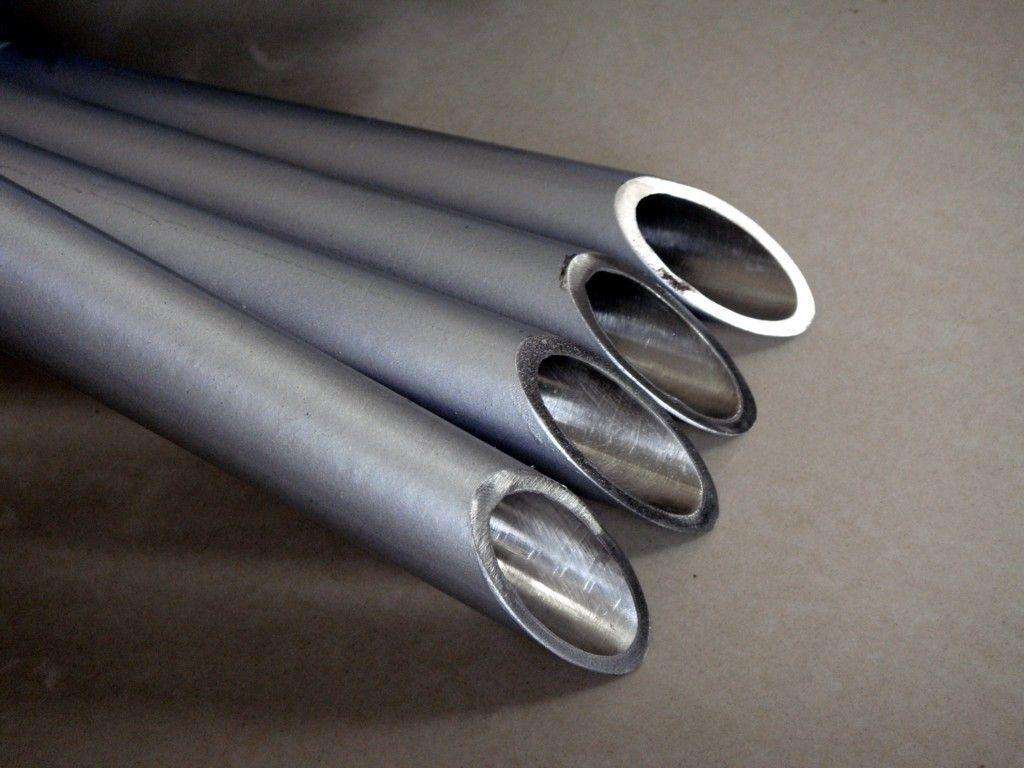
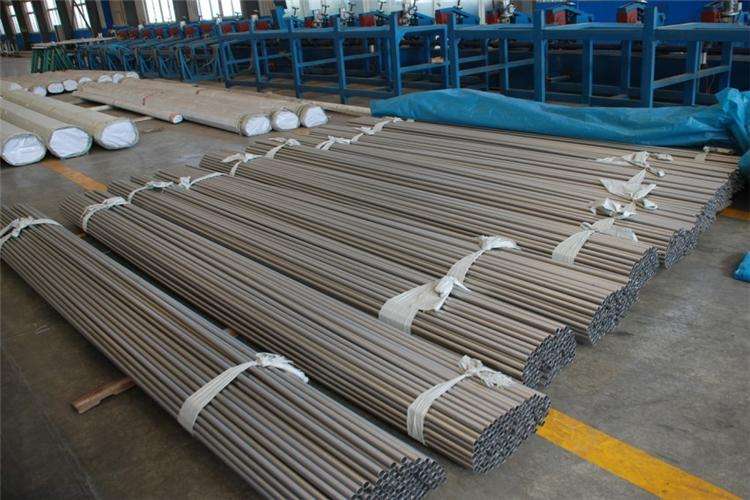
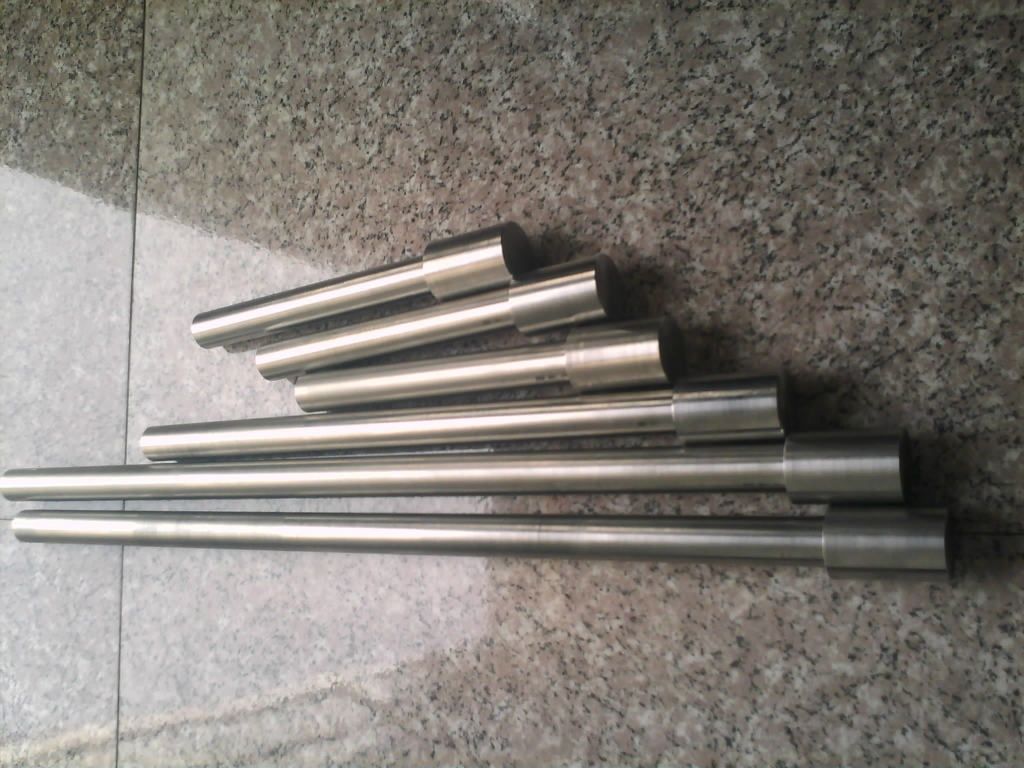
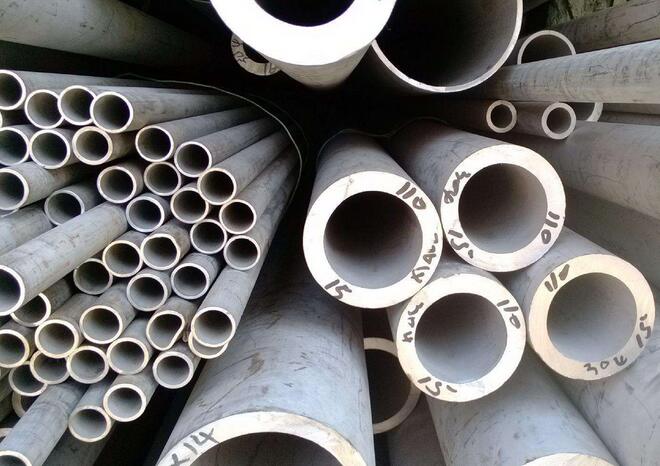
Product
Horses and Cow
Animal stable mats
Color
Available
Range of Length
183cm
Range of Width
122cm
Range of Thickness
1cm 2cm 3cm
General parameters
Rubber About 150KG/CBM Shore C 65
